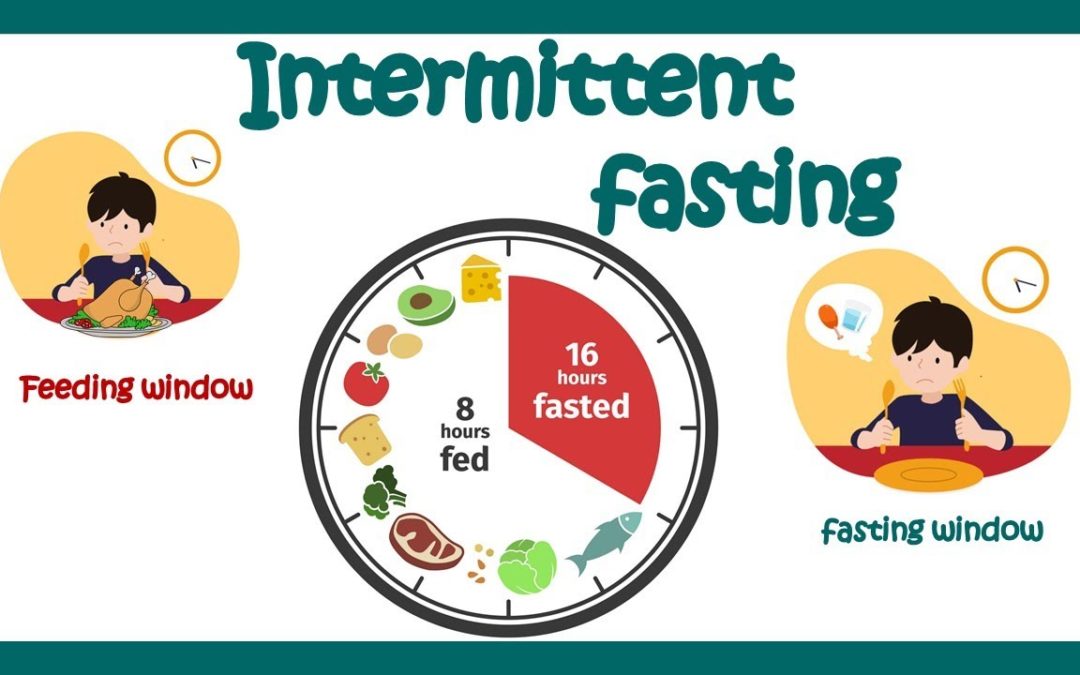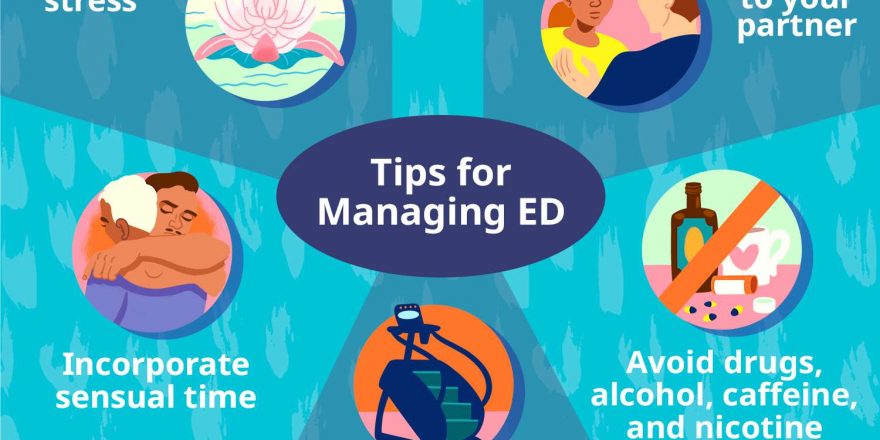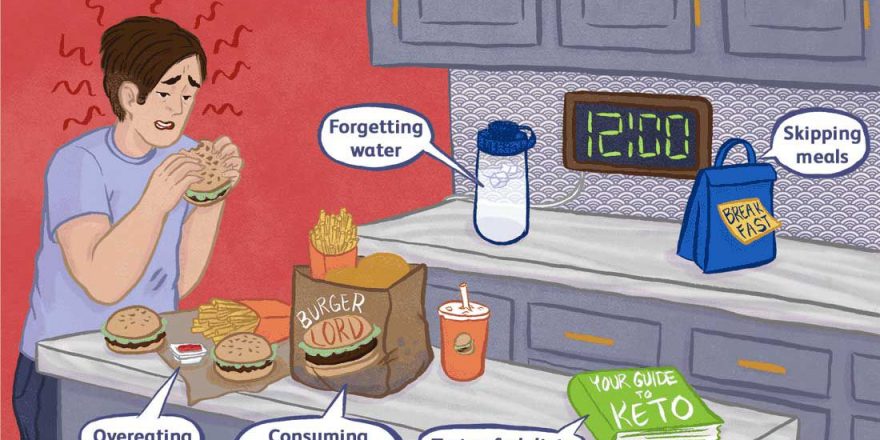In the bustling rhythm of modern life, finding a diet plan that fits can feel like searching for a needle in a haystack. That’s where intermittent fasting (IF) comes in—a flexible, sustainable approach to eating that has transformed my life and could revolutionize yours too.
What is Intermittent Fasting?
Intermittent fasting isn’t just a diet; it’s a lifestyle choice that involves cycling between periods of eating and fasting. Unlike traditional diets that focus on what you eat, IF concentrates on when you eat. It’s a practice as old as time, used by our ancestors out of necessity and by various cultures for spiritual reasons. Today, it’s celebrated for its simplicity and the profound impact it can have on health and well-being.
The Different Flavors of Fasting
The beauty of IF lies in its versatility. There are several methods, but here are the ones that resonated with me:
- 16/8 Method: Fast for 16 hours and eat during an 8-hour window. It’s simple and suited to daily practice.
- 5:2 Diet: Eat normally for 5 days of the week, then limit calories to 500-600 for the other 2 days. It’s a test of willpower but highly effective.
- Eat-Stop-Eat: Involve 24-hour fasts once or twice a week. It’s challenging but offers a deep sense of accomplishment.
- Alternate-Day Fasting: Fast every other day. It’s extreme, so I approached this with caution.
- The Warrior Diet: Eat small amounts of raw fruits and vegetables during the day and one large meal at night. It felt like a daily feast!
The Bounty of Benefits
Diving into IF, I discovered a treasure trove of benefits. Weight loss is the most visible outcome, with fat loss occurring as your body shifts to burning stored fat for energy. But the perks extend far beyond the scale. My energy levels soared, and the mental clarity was like lifting a fog I didn’t know was there. Studies also hint at improved metabolic health, reduced inflammation, and a lower risk of chronic diseases—convincing reasons to give it a try.
Starting Your IF Journey
Embarking on an IF journey begins with choosing the method that feels right. I started with the 16/8 method, skipping breakfast and making lunch my first meal. Here’s how you can start:
- Pick Your Plan: Start with a less intense method.
- Listen to Your Body: Hunger is normal at first, but it shouldn’t be overwhelming.
- Stay Hydrated: Water, black coffee, and tea are your best friends during fasting periods.
- Break Your Fast Gently: Opt for nutritious, balanced meals that won’t shock your system.
Nutrition: The Cornerstone of Success
Integrating healthy eating into IF amplified my results. During eating windows, I focus on whole foods rich in nutrients—vegetables, fruits, lean proteins, and whole grains. It’s not just about restricting when you eat but nourishing your body with what it needs. Remember, IF is a tool, not a license to indulge in unhealthy eating habits.
Crafting a Diet Plan That Works
Adapting my diet plan within the IF framework was a game-changer. I aim for three balanced meals during my eating window, with snacks if I’m feeling peckish. Planning is crucial; it helps me ensure variety and balance, keeping my body and palate happy.
The Road to Improved Health
Monitoring changes in my body and health has been eye-opening. Beyond weight loss, I noticed improvements in my blood pressure and cholesterol levels. It’s important to track these changes, celebrating the victories and understanding the areas needing attention. And always, consult with a healthcare professional before starting, especially if you have existing health conditions.
The Personal Touch
Adopting IF has been a journey of discovery, self-discipline, and, surprisingly, liberation. It’s taught me to listen to my body, appreciate food more, and enjoy the simplicity it brings to my life. The flexibility of IF means it can adapt to changes in my schedule, making it a sustainable choice for a healthier lifestyle.
Conclusion
Intermittent fasting has been a key to unlocking a healthier, more vibrant version of myself. It’s not just about losing weight but gaining a new perspective on health and well-being. If you’re considering IF, remember it’s about finding the rhythm that works with your life, leading to lasting change and well-being.
Embracing IF is a personal journey, one that offers as much variety in its experience as it does in its methods. Whether you’re looking to shed a few pounds, improve your metabolic health, or simply seeking a new approach to eating, IF could be the gateway to achieving those goals. It’s been a transformative journey for me, and it could be for you





